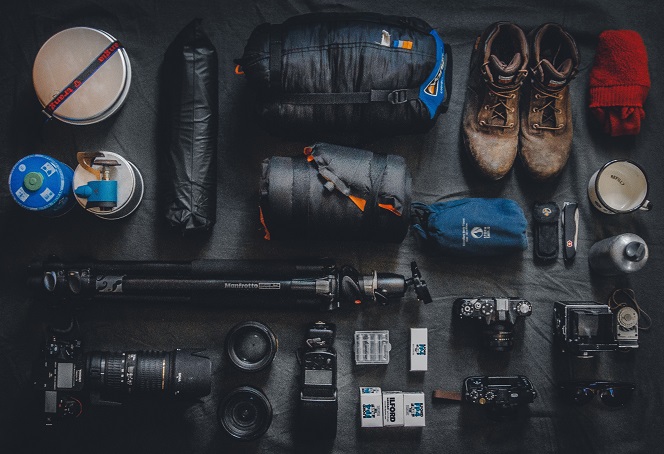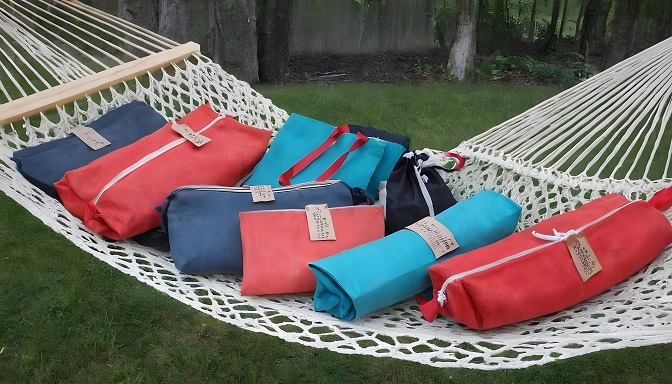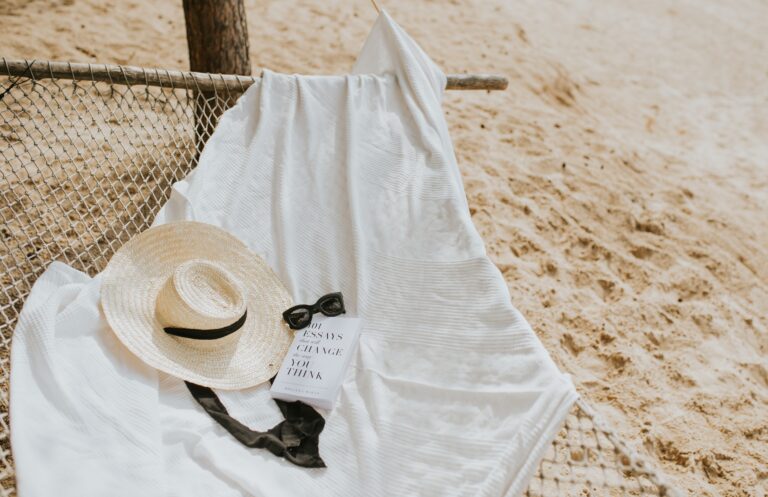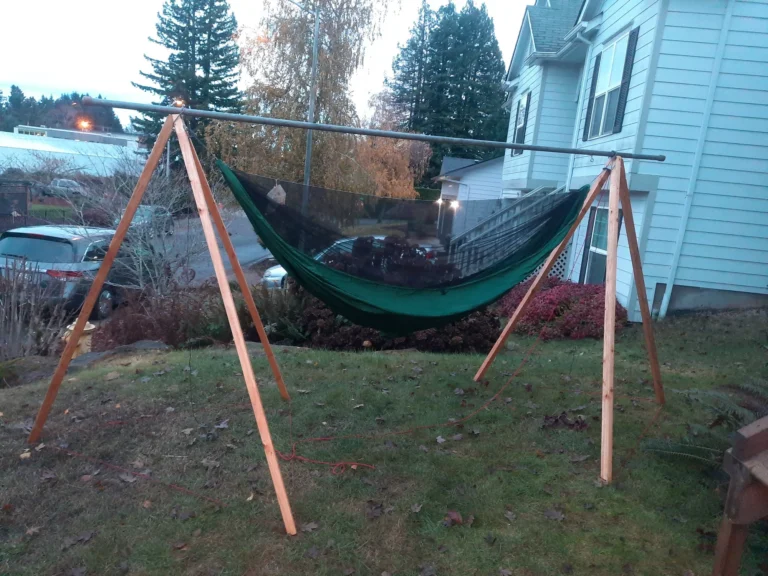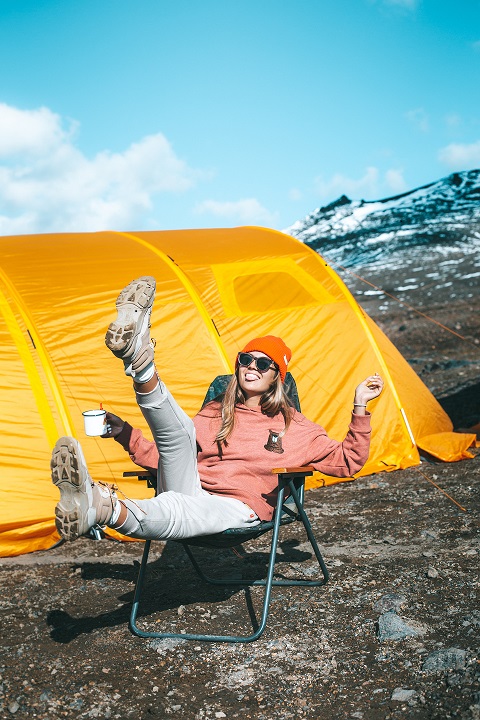Guide to Best Rope for Hammock Suspension
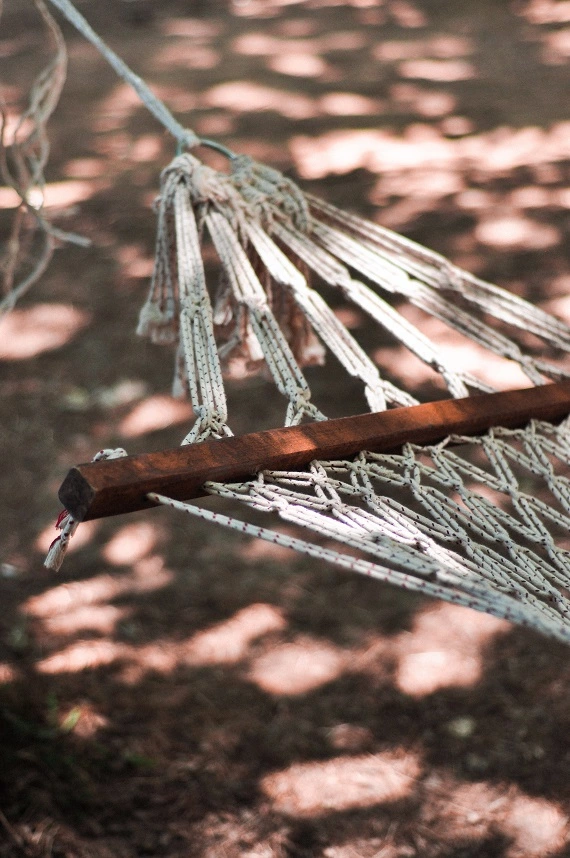
Introduction
Choosing the best rope for hammock suspension is a pivotal decision in enhancing your hammock experience. After having experience with multiple type of ropes for hammock and knowing their pros and cons, Here I am sharing a comprehensive understanding of best rope for hammock suspension and the factors that should influence your choice.
Why the Right Rope Matters
The significance of selecting the appropriate rope for your hammock suspension cannot be overstated. The rope serves as the primary link between your hammock and the hanging points, influencing both comfort and safety. A well-chosen rope not only ensures stability but also guarantees the longevity of your hammock setup.
Types of Hammock Suspension Ropes
When considering the best rope for hammock suspension, it’s essential to explore the different types available, each with its own set of advantages and disadvantages. Below, we delve into the most popular options:
1. Polyester Ropes
Polyester ropes are renowned for their durability and resistance to moisture. They are an excellent choice if you intend to leave your hammock outdoors for extended periods. Polyester ropes maintain their strength in various weather conditions, making them a dependable option as the best ropes for hammock suspension.
2. Nylon Ropes
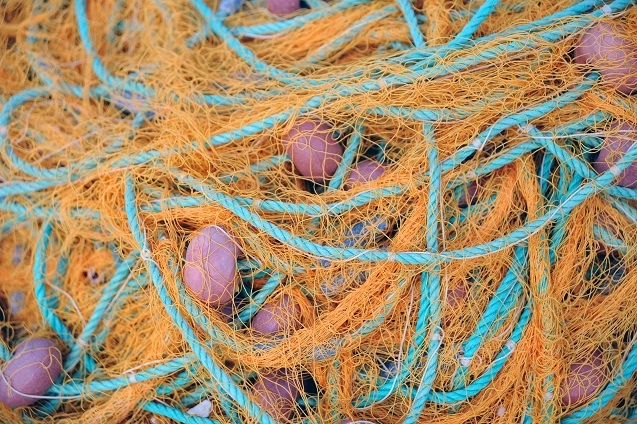
Nylon ropes are favored for their remarkable strength and resistance to stretching. These qualities contribute to a comfortable and secure hammock experience, making nylon a top choice among hammock enthusiasts as the best ropes for hammock suspension. Ropes made of nylon have a reputation for lasting a long time.
3. Polypropylene Ropes
Polypropylene ropes are lightweight and budget-friendly. However, they may not offer the same level of durability as best ropes for hammock suspension like polyester or nylon ropes. They are suitable for those seeking a cost-effective solution for short-term use.
4. Dyneema Ropes
Dyneema ropes are at the pinnacle of rope technology. These ropes are exceptionally strong while remaining remarkably lightweight. If you desire a minimalist hammock setup without compromising on strength,Dyneema ropes are an ideal choice as best ropes for hammock suspension. As well as being moisture-resistant, they are also UV-resistant.
Factors to Consider When Choosing a Rope
Selecting the best rope for hammock suspension involves careful consideration of several essential factors:
1. Weight Capacity
Always check the weight capacity of the rope to ensure it can support your weight as well as the weight of anyone else who might use the hammock. Overloading a rope can lead to safety hazards.
2. Length
The length of the rope should match the distance between your hammock attachment points. Measure this distance accurately to avoid purchasing a best rope for hammock suspension that’s too short or excessively long. A rope that’s too long can be challenging to work with and may compromise your hammock’s stability.
3. Durability
Consider the weather conditions in your area and how frequently you intend to use your hammock. Choosing a rope with adequate durability is essential. Polyester and nylon ropes, in particular, are known for their robustness, making them suitable for long-term outdoor use.
4. Ease of Setup
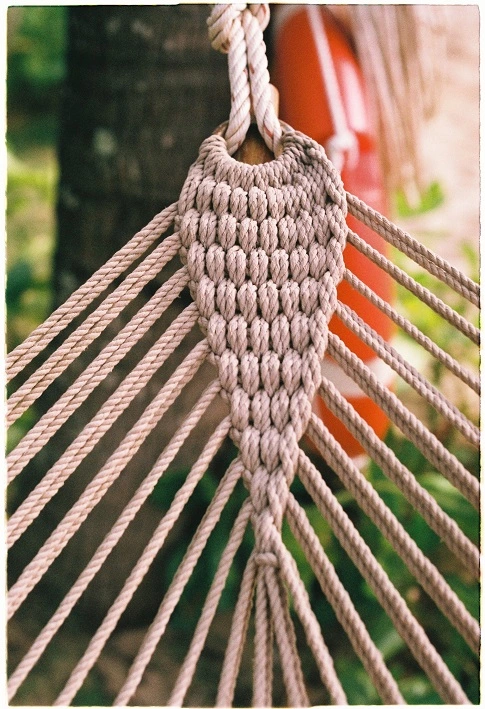
Some ropes are more user-friendly than others, especially for those who are new to hammock suspension. Ease of setup is a vital factor when choosing the best rope for hammock suspension, as it can significantly impact your overall hammock experience. Look for ropes that are straightforward to work with, and consider any additional hardware or accessories you may need for installation.
Maintaining Your Hammock Rope
Proper maintenance of your hammock suspension rope is crucial to ensure its longevity and your safety. Here are some tips:
1. Regular Inspections
Performing regular inspections of your best rope for hammock suspension is a fundamental part of ensuring its longevity and your safety while enjoying your hammock. Here’s what you should consider:
- Frequency: Depending on how often you use your hammock, consider inspecting the rope every few weeks or at least once a month. If your hammock is frequently in use, more frequent inspections may be necessary.
- Signs of Wear: Examine the entire length of the rope carefully. Look for any signs of wear such as fraying, thinning, or visible damage. These can weaken the rope over time and may lead to accidents if not addressed promptly.
- Fraying: Pay special attention to areas where the best rope for hammock suspension might rub against sharp edges, anchor points, or hardware. Fraying often occurs in these spots and can compromise the rope’s strength.
- Knots: Inspect any knots or loops in the rope. Make sure they are secure and not showing signs of stress or unraveling.
- Color Changes: Sometimes, UV exposure can cause ropes to change color or become discolored. While this might not always indicate a problem, it’s worth checking if it’s accompanied by other signs of wear.
- Weight Capacity: Remember that the weight capacity of the best rope for hammock suspension can be affected by wear and tear. If you notice any significant issues, it’s advisable to replace the affected sections promptly.
Regular inspections help you catch any potential problems early, ensuring the safety of your hammocking experience.
2. Cleaning
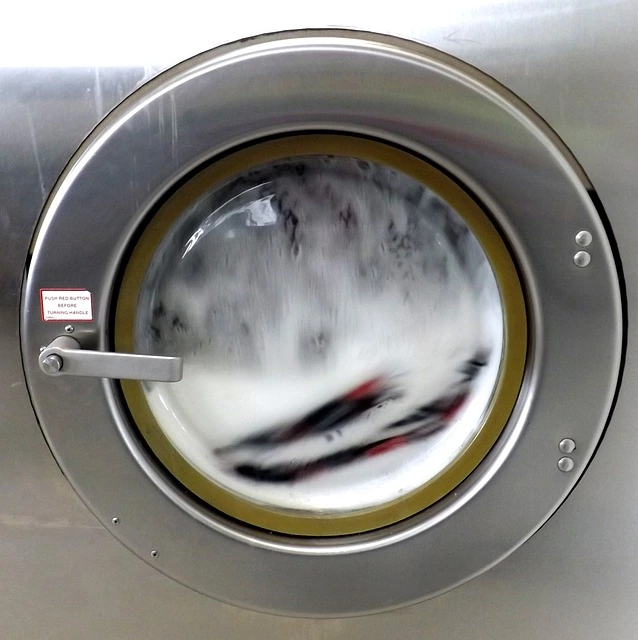
Periodic cleaning of your hammock suspension rope is essential for maintaining its strength and integrity. Over time, dirt, grime, and other contaminants can accumulate on the rope’s surface, potentially weakening it. Hammocking rope often gets moldy, so you must know how to clean a moldy rope hammock to increase its lifespan. Regular cleaning not only extends the lifespan of the rope but also ensures that it maintains its strength and reliability for safe use.
3. Storage
Proper storage of your hammock suspension rope when it’s not in use is crucial to prevent damage from moisture and extreme temperatures. Here’s how to store your best rope for hammock suspension effectively:
- Dry, Cool Place: Store your rope in a dry, cool location, away from direct sunlight, rain, or snow. Moisture can weaken the rope and lead to mold or mildew growth.
- Coiling: Coil the rope neatly to prevent tangles or kinks. Avoid leaving it in a jumbled mess, as this can cause unnecessary wear.
- Protect from Pests: If you store your rope for an extended period, consider protecting it from pests like rodents that might chew on it.
- Consider a Storage Bag: You can invest in a rope storage bag or container to keep the rope clean, dry, and protected from environmental factors.
By following these storage practices, you’ll ensure that your hammock suspension rope remains in excellent condition, ready for safe and enjoyable use whenever you need it.
Conclusion
Selecting the best rope for hammock suspension is essential for a comfortable, safe, and enjoyable hammocking experience. By considering factors such as rope type, weight capacity, length, durability, and ease of setup, you can make an informed decision that aligns with your specific needs and preferences. With the right rope, you can relax in your hammock with complete peace of mind, knowing that it’s securely suspended.

